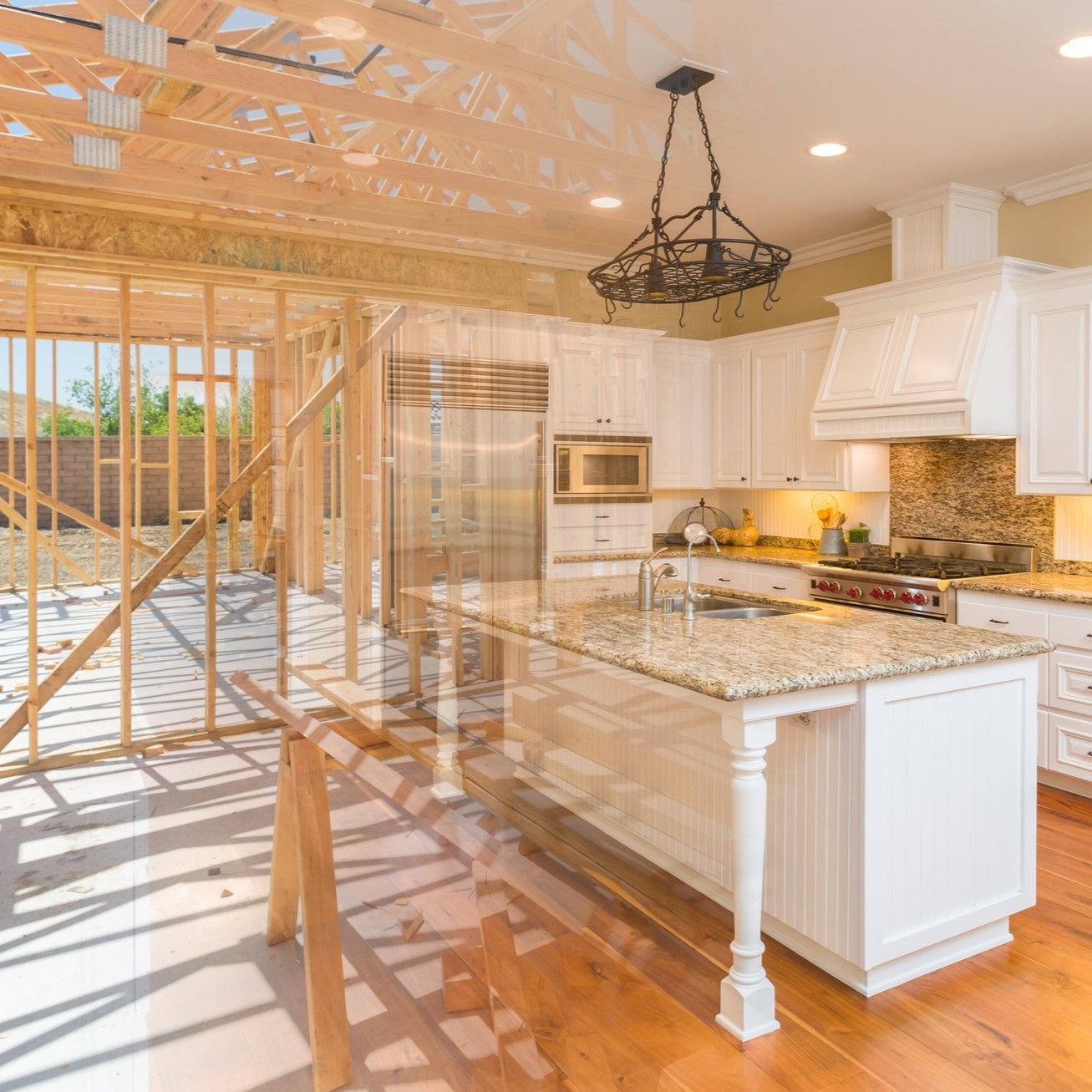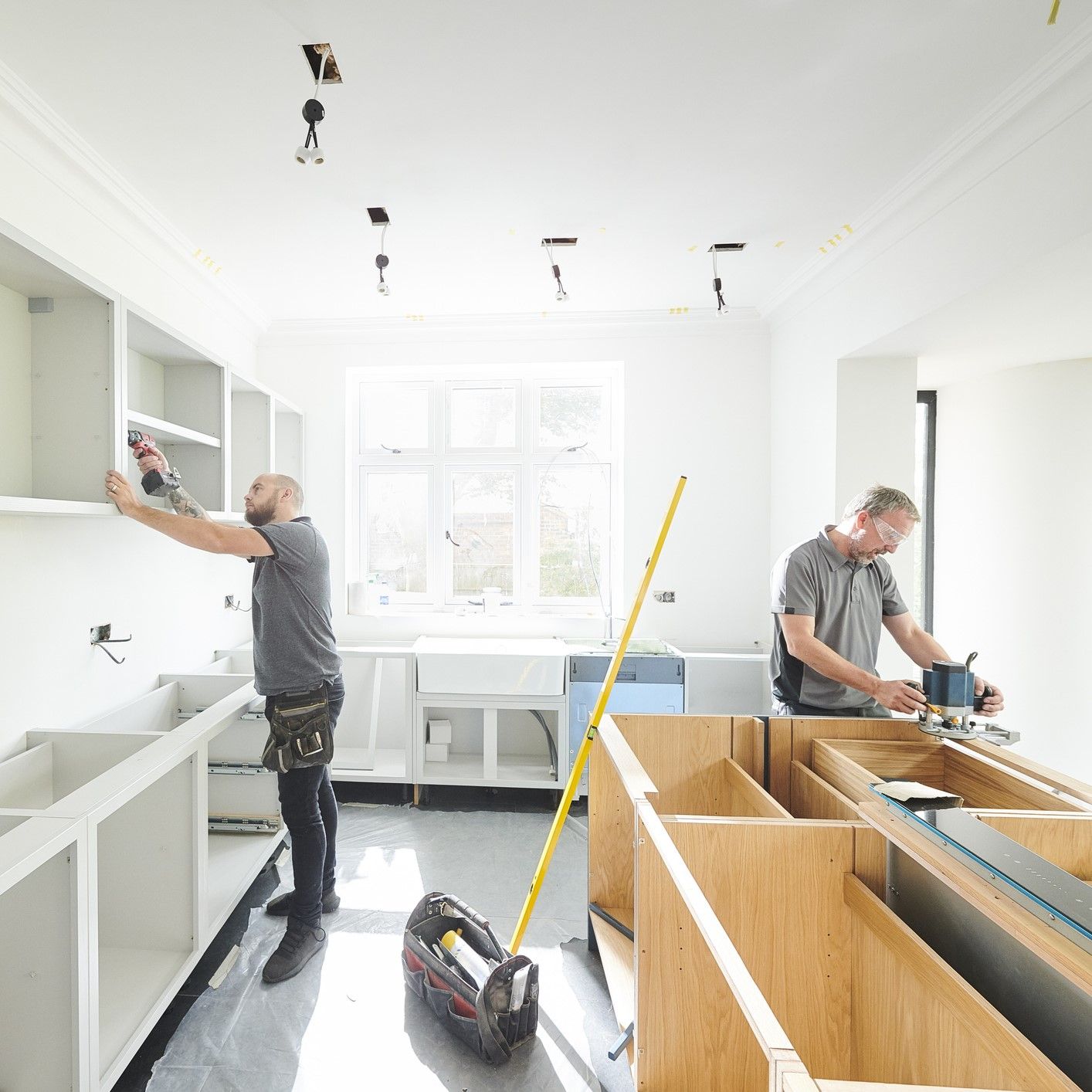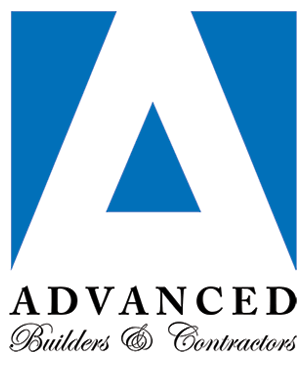Do’s and Don'ts When Building and Renovating Los Angeles Decks
Angelenos, like most people, are spending more time at home nowadays. But why spend it all indoors? Instead, build an “outdoor room” by adding a new deck or renovating the one you have. Whether it’s an open-sky office or an after-hours oasis you crave, a new or refurbished deck will make working from home more enjoyable and give you a new space to entertain family and friends.
Here Are Some Pointers to Get You Started
Do Consult Professionals
Los Angeles decks must be built according to code (law). And, given our hilly terrain and the possibility of earthquakes, code compliance gets complicated quickly. In addition, hillside installations will require hefty concrete footings sunk deep into undisturbed soil. That’s why many projects require the services of an experienced professional builder, who will work with an architect and/or engineer to design the deck according to your wants and the site conditions. Such projects are usually beyond the skill set of a typical DIYer.
The best candidates for a DIY approach are decks built low to the ground and on flat terrain. Even then, you’ll need to study the building code requirements. Start with the City’s Building Services, which offers a variety of publications that address the special requirements for Los Angeles decks, including how far a raised deck can project from your house and how and where to place footings.
Do Pay Attention to Flashing
Flashing is an important construction detail because it protects the deck’s wooden structural elements from water ingress. Only poor workmanship poses a greater threat than water to your deck’s longevity. Unfortunately, rigid flashing—or worse, caulk—have several drawbacks. As a result, flexible membranes, especially butyl tape, have become the go-to deck flashing materials. Applied over joists and stair stringers, butyl tape is impervious to moisture, easy to apply, and adds little cost to the project.
There’s also a
hybrid butyl flashing tape
that protects against water contacting the deck’s ledger board, which is where the deck anchors to the house, a vital connection. In addition, unlike traditional metal flashing, this new ledger flashing tape can be shaped to fit the ledger-house interface, eliminating any gap between the house and deck where moisture and debris can collect. In short, to protect the investment in your deck, insist that your builder use butyl tape or other code-approved membrane flashing wherever water poses a threat.
Don’t “Cheap Out” on Materials
It’s ok if your budget restricts how much you can spend on materials. Actually, that’s the purpose of budgets, to set limits. Nonetheless, buy the best materials you can afford. Getting by cheaply by using off-brands is a false economy, that is, an apparent savings that, in fact, costs you more. For example, pressure-treated wood decking has been used successfully for many decades and could save you as much as 25 percent versus using modern composite deck boards. Just be prepared to maintain it. That typically involves deep-cleaning the wood and applying paint or stain to it every three years. Contrast that with composite decking, which requires only twice-yearly cleanings using mild soap and water.
When assessing composite decking and accessories, stick to name-brand manufacturers like Trex. With up to 95 percent recycled content, its deck boards are eco-friendly and carry a 25-year warranty against fading. The company also offers a variety of railings, lighting choices, and other deck accessories.
Don’t Neglect the Under-deck Area
Elevated and second-story decks have a lot of empty space below them. To use it for storage or another living space, consider installing an under-deck drainage system, such as Trex RainEscape, to keep water from passing through the gaps in deck boards. It’s suitable for installation by DIYers and pros alike but must be installed before you cover the joists with deck boards. With this system of troughs and gutters in place, you’re free to add accessories in the area below, including electrical outlets, lights, and ceiling fans. It’s an affordable add-on that greatly expands the use of your property.
Do Stick to Your Plan and Budget
Changing the project’s scope or specifications after construction planning and permitting are underway will cost you additional time and money. Last-minute changes can also have unintended consequences. For example, adding a fire pit or hot tub could require the builder to switch materials and construction techniques. These new approaches, however, might not jibe with other design features. As a result, you could end up paying more for a deck that falls short of your expectations. Instead, take more time to plan and try to confine most of your mistakes to paper. While asking your builder to make plan revisions isn’t free, it’s much less expensive than making changes once construction has started.
Recent Blog Posts








